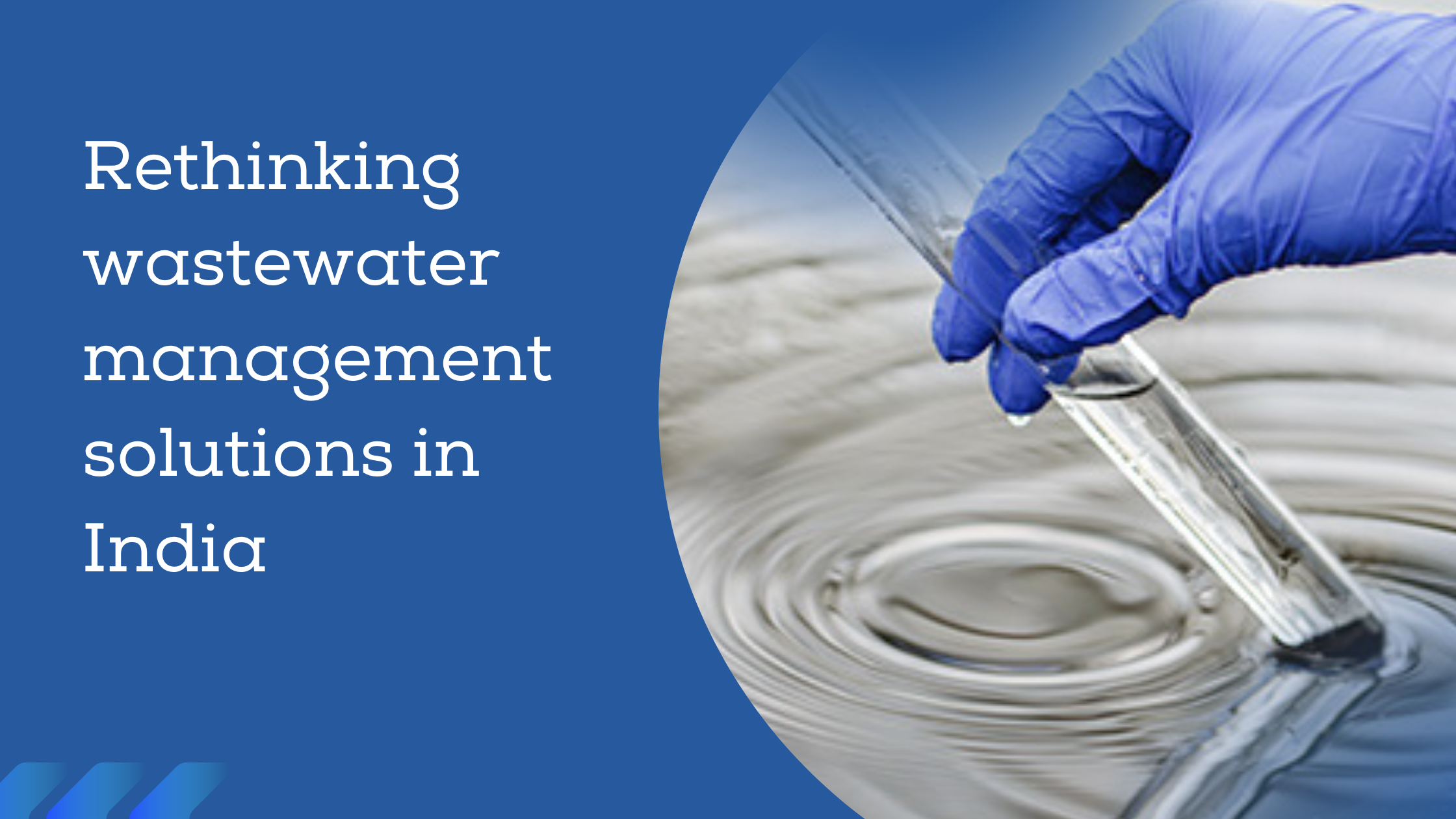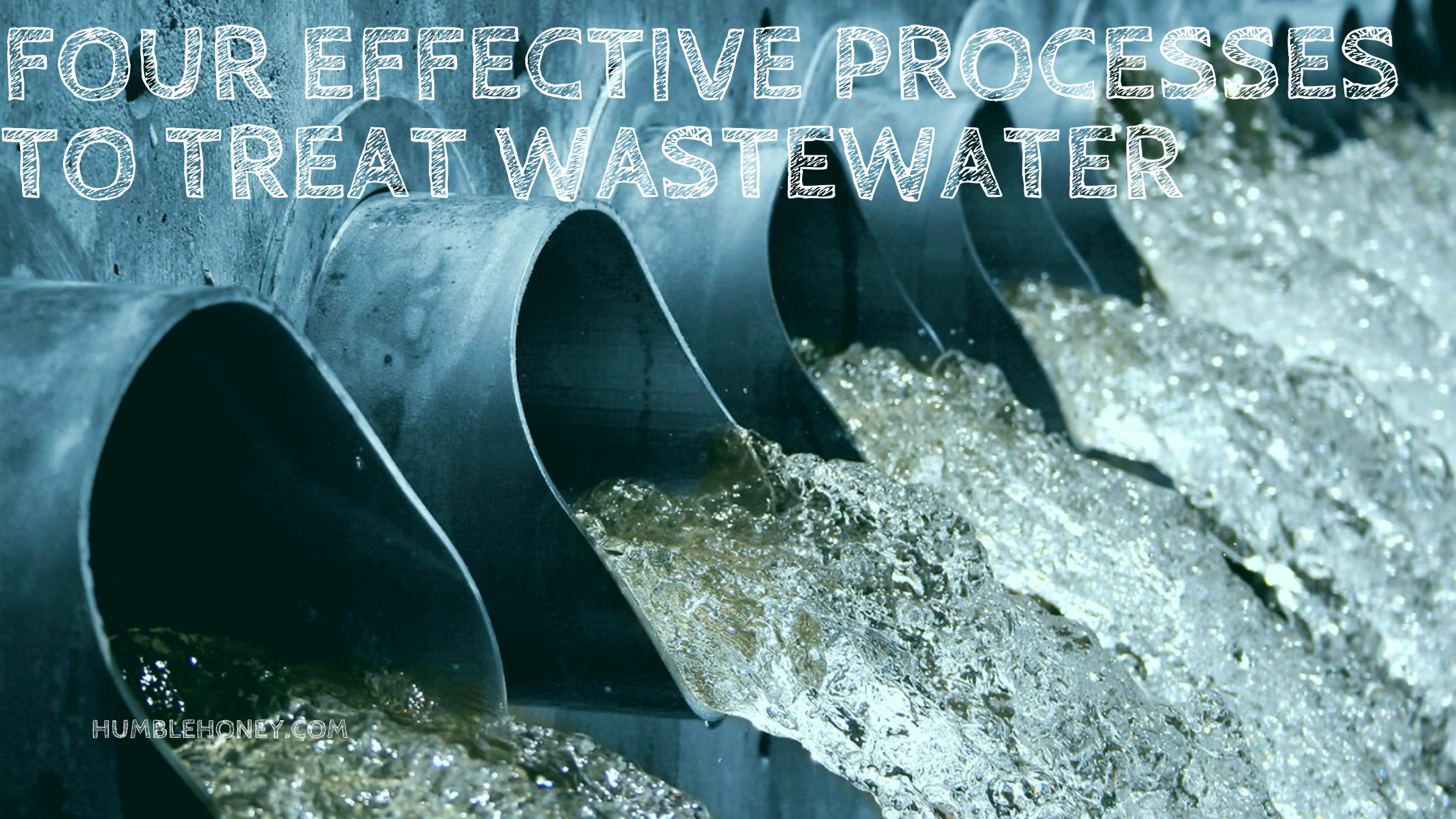The word ‘invest’ reckons thoughtful futuristic approach to avoid worst circumstances. Also, the word implies monetary approach. This year the theme for World Earth Day is to invest in your planet which states the significance of the powerful approach to thoughtfully formulate actions to save the planet from degradation and mass extinctions.
Earth is considered to be the most beautiful planet in the universe as it harbors life forms. Earth originated around 4.5 billion years ago. Tracing back to the Mesozoic era planet earth which was composed of a huge landmass known as Pangea, surrounded by water mass. As per the continental drift theory tectonic plate movements caused formation of Gondwanaland and Laurasia from the supercontinent Pangea. Later the continents were formed over the years due to drifting. This justifies the presence of similarity in the life forms across the earth. Owing to such a long history of geomorphological changes the present form of earth is developed. It took almost 4.5 billion years to harbor such diverse life forms and natural resources but the degradation is occurring at an alarming rate with notable changes evident in last 50 years. Nature has invested in the earth to enrich it with geographical and biological diversity which is the reason for its stability but now it is of utmost importance to invest in the nurturing of earth to protect it from the degradation.
The investment for betterment of the planet can extend from individual to societal level. At individual level we can work by implementing sustainable practices, rationalizing resources and creating awareness. By becoming the torch bearers for adopting strategies to invest in our planet the life span of the earth can be increased. Due to consumerism the present generation has all the luxuries and comfort at their disposal. But the resources of the world which are non-renewable are exhausting at an alarming rate. The natural resources such as fossil fuels, freshwater sources, glaciers, forests, endemic plants, wild animals, rare elements, soil and nutritive local crop species are depleting. The individual carbon footprint is increasing and so is the damage to the earth.
Various approaches that can help us increase the life span of earth includes harnessing of renewable energy sources for power generation. These includes green hydrogen, tidal, solar, wind, biogas etc. Fostering these alternatives can help us cut down the fossil fuel consumption. Also, good practices such as zero waste generation campuses, housing complexes and organizations create ecosystems that are self-reliant in terms of energy production and optimum utilization of resources. The waste is utilized to create biogas and manure that is utilized within the ecosystems. Rainwater harvesting which is mandatory for constructions post 2006 have now emerged as an important technique for saving freshwater.
In-situ (natural habitat) conservation strategies in protected forests areas can help in saving the endemic flora and fauna. Strict adherence to the government norms for development of projects in eco-sensitive zones can aid in-situ conservation efforts. Ex-situ (outside natural habitat) by gene bank, tissue culture, protoplast culture, artificial seeds can help in conserving the rare endemic biodiversity. Seed banks of cereal crops in gaining attention in recent time when the realization that local varieties and cultivars have the resistance for biotic and abiotic stress. The same can be achieved for other local varieties of food crops and fruits.
A hierarchical approach based investment from individual to community level across the sectors in the world can help us save the planet earth. Let us prudently invest to cherish the treasure of earth that is limitless.














.png)
